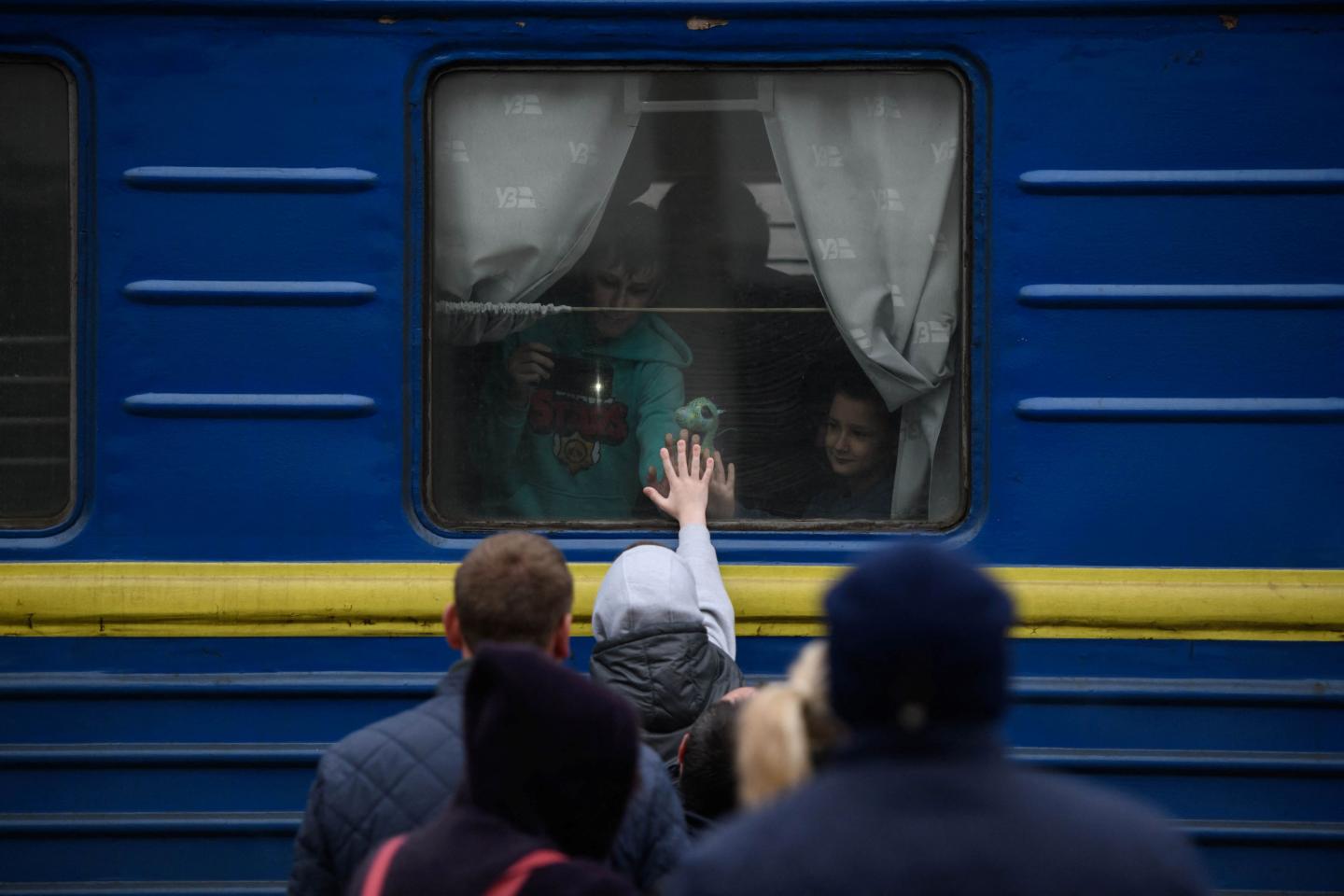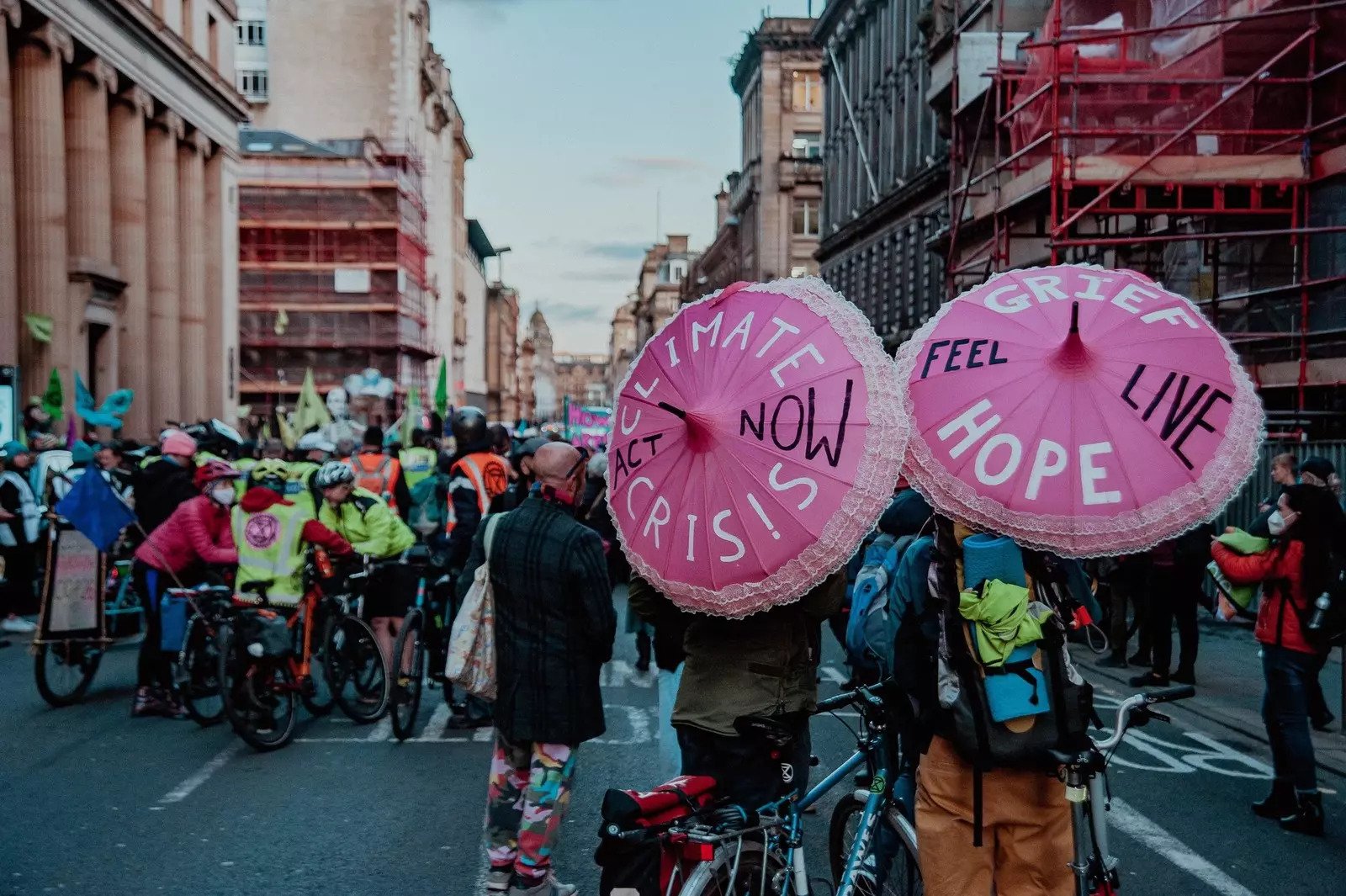Climate change hits the poor hardest. Mozambique’s cyclones prove it
When experts say that the impacts of climate change fall disproportionately on the poor, they are referring to regions like the Sofala province of Mozambique, to villages like Nguineia, and to women like Adel.
Standing outside what is left of her house, Adel tells a powerful personal story of how she survived when a recent cyclone ploughed through her village. She is determined to rebuild her house, replant her crops and get her daughter back to school, but her future looks far from certain.
Cyclones are still called “natural events”, but until 1994 no Category 5 cyclone had ever developed off the coast of the African continent. In this year alone, two major cyclones have hit Mozambique. As sea temperatures rise, more water evaporates into the clouds of each storm system. As the storms grow heavier, they spin faster; when they make landfall, they cause more damage.
When Cyclone Idai unleashed its destructive force in March 2019, it hit one of the most economically disadvantaged communities on the planet. Covering the lands around the port of Beira, Sofala may be the poorest province in one of the poorest countries in the world. I came to the village of Nguineia, two hours’ drive north of Beira and a one-hour hike through flooded fields, to document the impact of the cyclone and the response of the international community.
In January this year, I had left the Annual Meeting of the World Economic Forumin Davos chilled by predictions of runaway inequality and increasingly frequent catastrophic weather events. The unexpected stars of the event were the environmental triumvirate of David Attenborough, Jane Goodall and Greta Thunberg.
Attenborough presented a visual perspective on a world impacted by spiralling climate change. Goodall made the link between poverty and environmental degradation. Finally Thunberg, the teenage climate protester whose fiery sermons conjure a vision of a bleak future, challenged conference attendees to face up to the prospect of irreversible damage if humanity doesn’t change its ways.
What I saw in Mozambique, surrounded by roofless houses, blocked in every direction by the skeletons of broken trees, and with cholera seeping through the population, was a dystopic vision – not of the future, but of the present.
Mozambique has a history of misfortune. Starting about 1,000 years ago, slave traders began to relentlessly plundered this region. Then, 500 years ago, in the first wave of globalization, explorer Vasco da Gama’s explorations ushered the Portuguese to southern Africa. The colonists extracted all they could, including valuable minerals, precious metals and stones, ivory, timber, coal – and sex-workers. Finally, just 45 years ago, Mozambique won it independence, but it has spent roughly half of the time since embroiled in civil wars. All versions of these conflicts have been foreign-funded: proxy wars that were either part of the US/Soviet Cold War, religious wars, or both. To the list of slavery, colonization and Cold War politics, add endemic cholera, malaria and one of the highest rates of HIV/Aids on the planet.
The Sofala region has none of the political power that is concentrated in Mozambique’s south, and little of the oil and gas wealth that has made many countries extremely interested in this very poor nation. The port city of Beira had its heyday in the early 1970s, when it was, for a short time, one of the fanciest resort locations in all of Africa. However, demand for port facilities from land-locked Zimbabwe has fallen, while the dribble of imported goods these days tends to come via the rail lines. Passenger services run westward from Beira only once a week, but trains arrive in the opposite direction many times a day, delivering extracted coal to waiting ships. Chinese-financed roads, built by Chinese contractors, facilitate the efficient export of illegal African timber to Chinese furniture factories.
In early March 2019, a storm system began to build off the coast of Madagascar. Cyclone Idai grew in intensity, but drifted away from the African mainland. Then, surprising even some of the experts, it turned 180 degrees and smashed into the coast.
The cyclone made landfall directly over Beira. After ripping through the city it headed west, running over villages like Nguineia with 150 km/hr winds and dumping trillions of litres of water in the process, leaving floodwaters two metres deep to spread over hundreds of square kilometres.
It continued inland for 400 kilometres, and then, almost sadistically, reversed back over the villages it had flattened on its way inland. By the time Idai returned to the sea, it had claimed hundreds of lives, ruined crops and food stores, and left a million people partially or completely homeless.
The storm’s winds destroyed half a million trees: giants up to 100 years old were uprooted or simply snapped in half. As the floodwaters rose, bursting the banks of the Zambezi river, they washed a combination of much-needed fertile topsoil, along with an estimated 100 million pieces of plastic waste, into the Indian Ocean.
It is a terrible observation to make, but in truth most people didn’t lose very much, because they had close to nothing in the first place.
The international community arrived promptly when the tragedy hit, and a huge relief effort was coordinated. In the words of a veteran emergency relief worker, the response was not perfect, but better than most they had seen.
There is lots to celebrate when the world’s humanitarian organizations arrive in force. It is also true, perhaps, that probably the only activity as polluting as a war is a relief effort. However, if ever there is a time to justify flying in huge planes, delivering food by helicopter and releasing a fleet of air-conditioned jeeps, it is when a huge number of people are in great need.
But the arrival of the international relief community in Mozambique also highlighted the international wealth gap and the lack of climate justice.
For more than a century, European writers have slandered this part of the world as the “sewer of Africa”, an unfair reference to the mighty Zambezi as it flows to the sea. Never has it been clearer that, in reality, one class of people is creating the waste, and another class has to deal with the mess.
It is one thing to discuss rising sea levels from the safety of a conference centre. It is another when storms bring a 20ft sea surge.
We suffer from being inured to the damage we are doing. Images of the lights of 10 lanes of cars on a freeway in Los Angeles can look almost sculptural, but a single $100,000 Land Cruiser, parked next to a barely standing hut, is more jarring. Inside, the driver runs the AC while he waits; the house outside relies on the natural ventilation that comes from having had its roof removed.
Perhaps the most eerie effect of man’s impact is the silence. So insecure is the food supply that a quarter of the year is known as the “hunger season”. Wildlife has become the unfortunate target of the hungry, and the silence you hear here when standing in the fields is the sound of nature denuded of birdlife.
People like Adel don’t walk like zombies with their hands out looking for alms. It’s not the movie version of apocalypse – yet. In theory we still have time, and events like this can be seen as messages from the future to help us avoid the worst version of it.
Humans are not known for slowing down, or changing their path – but every trend must end sometime. Cyclone Idai changed her path. And if nature can, can’t we?
During an unprecedented series of cyclones in Mozambique, Peter Holmes à Court and photographer Alissa Everett travelled to the village of Nguineia to document the impact. They were assisted by the Local Development Catalyst Network and by the Global Empowerment Mission, an American NGO that specializes in the rapid delivery of emergency relief through the use of local partners.









